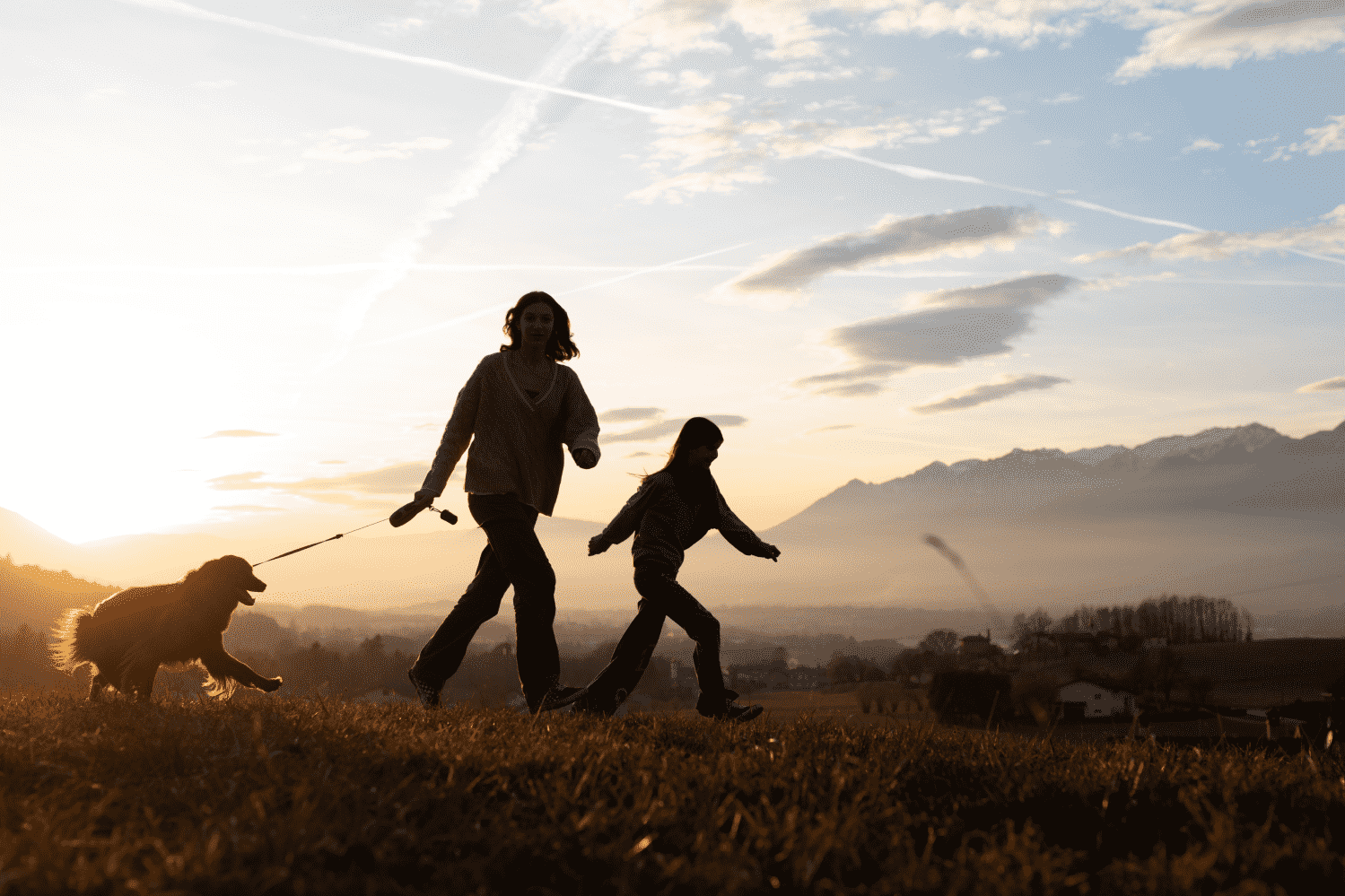
Those Who Come First, Come First.
8 mins read
Start your journey, connect with us today.
Not all sexual abuse hurts, confusing yes, damaging yes but sometimes it doesn’t hurt.
Sometimes it feels good because our bodies are meant to feel good when our vulvas, vaginas, breasts, nipples, penises or testicles are touched. Our bodies have an inbuilt procreation system to ensure the survival of our species. In addition, the connection to another and the attention given when sexual abuse happens can also feel good.

8 mins read

8 mins read

7 mins read